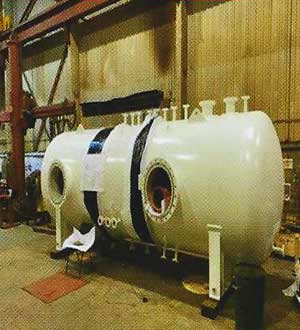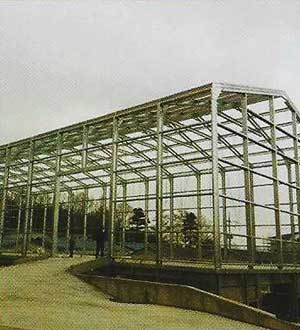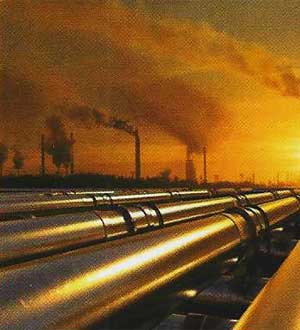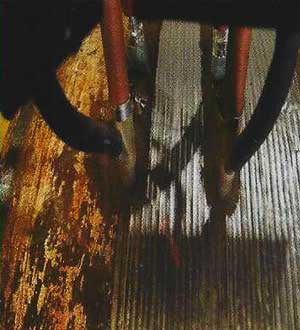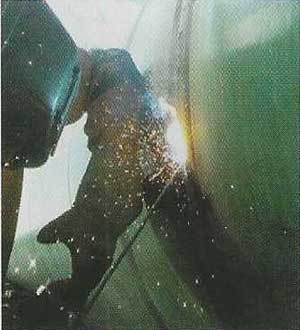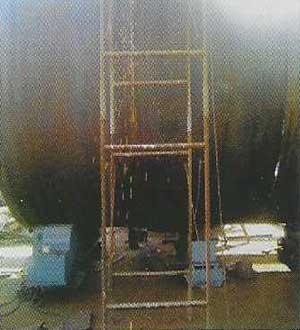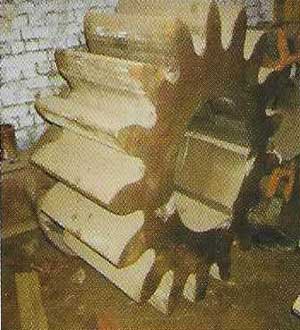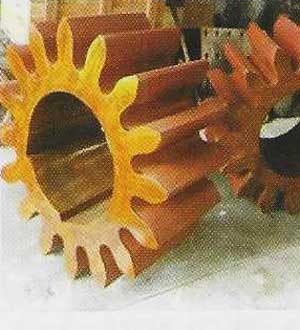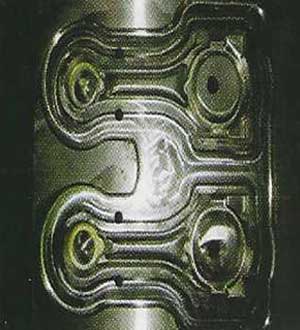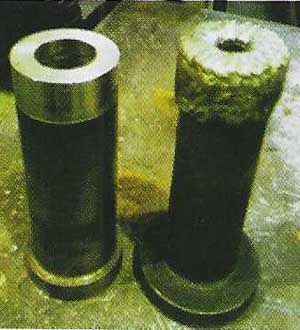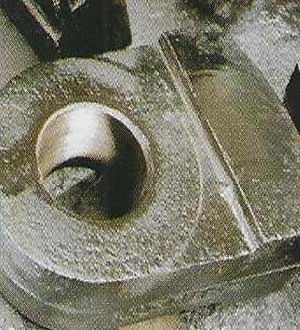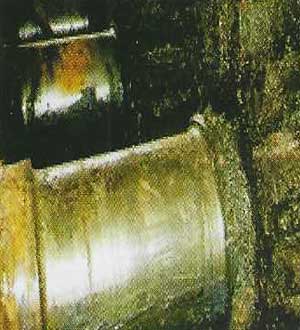Welding Electrode:
Electrodes is a conductor through which electricity enters or leaves an object, substance, or region. Welding Electrodes are installed in the weld head to touch and maintain contact with the work pieces through the full weld schedule. The welding electrodes play three different roles in resistance welding:
- Maintaining uniform current density
- Concentrating current at welding points
- Maintaining thermal balance during welding.
Electrodes are available in many shapes. Electrode material and shape are determined by considering the force necessary for welding and the thermal conductivity of the work pieces. In conventional macro-welding, e.g. car body assembly, the electrodes are made of copper alloys and usually water-cooled. However, in micro-welding, the electrodes are made of a wide variety of conductive and refractory materials depending on the parts to be joined, and are air-cooled.
Applications:
| Application | Suggested Electrodes |
|---|---|
| Extreme Mineral Abrasion | Tungsten carbide filled tubular electrode |
| Abrasion and Impact | Basic coated, general purpose hard facing electrode for applications subject to impact, compression and abrasive wear Hardness :~58 HRC |
| Mineral Abrasion | High chromium carbide deposit with excellent resistance to mineral abrasion combined with moderate impact Hardness: 60-63 HRC |
| Heavy Mineral Abrasion | High efficiency (190%) electrode, resistant to severe abrasion up to 300°C. Virtually lag-free deposit. Hardness :~64 HRC |
| Heavy Mineral Abrasion combined with heat | Electrode resistant to extreme abrasion and moderate impact up to 550°C. Clinker cooler screen plates, clinker crusher hammer hooks, various types of crusher parts, crusher jaws, borer bits, slag crushers. Hardness :~65 HRC |
| Mineral Abrasion and heavy Impact | Rutile-basic coated electrode, suitable for surfacing all components subject to severe impact. Hardness : as welded ~ 230 HB; after work hardening upto500 HB |
| Compression and Shock loading | Basic coated electrode tough, semi hard, machine-able deposit with approx. 120% recovery, for surfacing of equipment parts and tools. Resistant to moderate friction and compression highly resistant to shock dense, crack free deposit Hardness: ~300HB |
| Cracks | Semi-synthetic basic electrode with 140% recovery with an “In-coners 600” * alloy deposit. Resistant to high temperature |
| Cracks | Basic coated Nickel base electrode with very high ductility and elongation for repair and construction welding. Resistant to temperatures up to ~ 900 °C. High integrity repairs, dissimilar joints, difficult to weld steels |
| Repairs | Austenitic-ferroistic deposit with excellent mechanical characteristics. Machine-able deposit. Universal repair electrode. Overlay of crankshaft bearings of clinker coolers |
| Repairs | Rutile basic coated stainless steel type electrode with an austenitic ferritic structure used to weld dissimilar joints between construction/mild steels and stainless steels |
| Repairs | Fully Austenitic (nonmagnetic) Rutile coated electrode for joining and overlaying of manganese steels (up to 14% M-n), high Sulphur and phosphorus containing steels, also for joining dissimilar steels, construction steels to stainless steels, for cushion layers prior to hard facing. Repair of components subject to shock or frictional wear |
| Repairs | Special rutile cellulosic mild steel electrode for use in all positions, including vertical down. |
| Repairs | Basic coated electrode with exceptional welding characteristics due to its double coating. Arc very stable in all positions. Virtually spatter free, easily removable slag. Universal use for all metal construction and repairs. Recommended for root passes and on badly prepared joints |
| Repairs High Strength | Low hydrogen basic coated electrode with high yield strength for welding fine grain steels operating at temperatures between 50 to +500°C. Heat treatable, low alloy, C-Mn steels |
| Mineral Abrasion Moderate Impact | High chromium carbide deposit for excellent resistance to mineral abrasion combined with moderate impact. Self releasing slag. Very smooth surface. Exhaust fan blades, chute plates. Hardness: ~60 HRC |
| Repairs | Graphite basic coating, «Bimetal» core wire with high electrical conductivity . The Bimetal» core wire allows high deposition rates with direct current as well as with alternative current, without any risk of overheating the electrode. |
| Repairs Heavy Impact | Rutile basic electrode with high recovery (160%). Fully austenitic stainless steel deposit with a high Mn-content. For welding and cladding of 14% Mn-steels (Had fields), dissimilar joints, difficult to weld materials, cushion layers prior hard facing and repair of components subject to shock. Easy to use, soft fusion, low spatter, easily removable slag, regular weld bead, highly crack resistant deposit. |
| Repairs Creep resistant | Low hydrogen, basic coated electrode alloyed with 1.% Cr and 0.5% Mo. |



